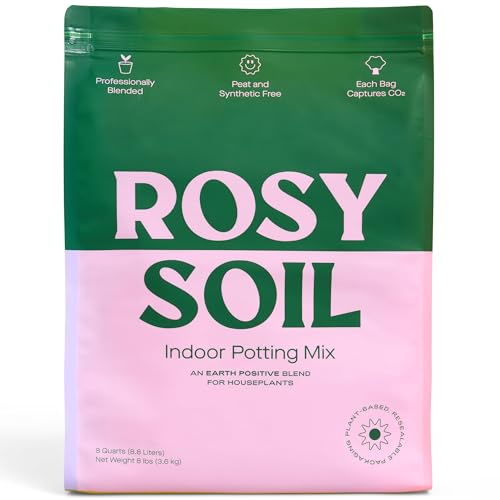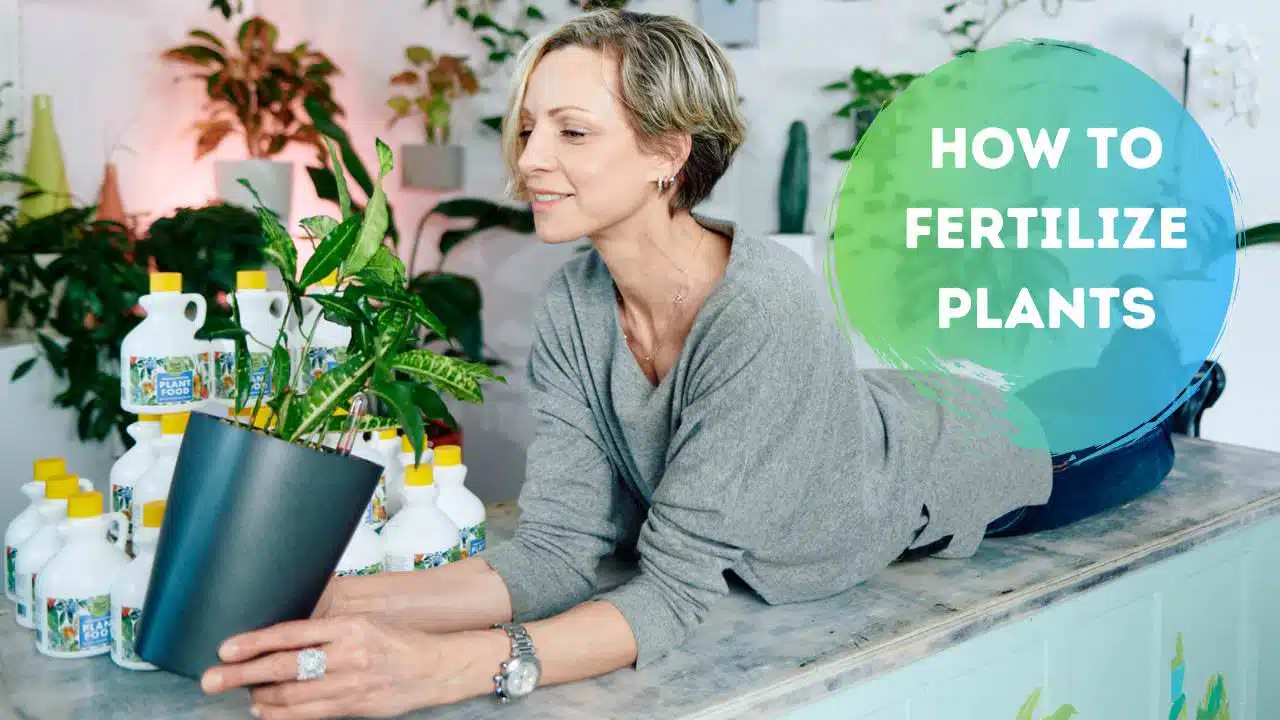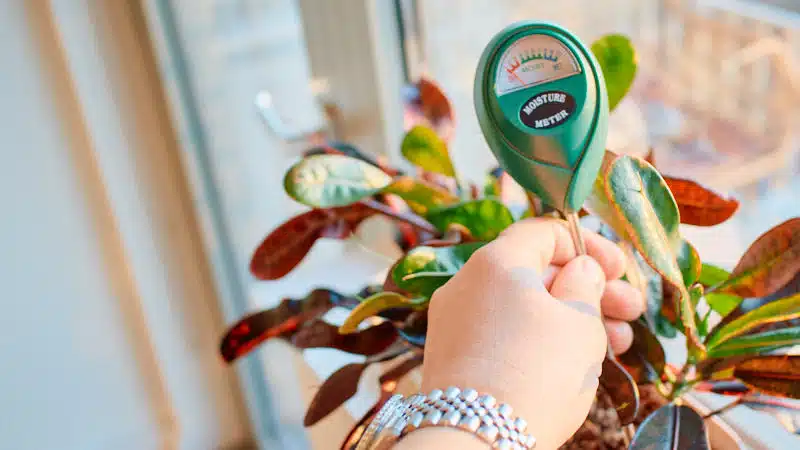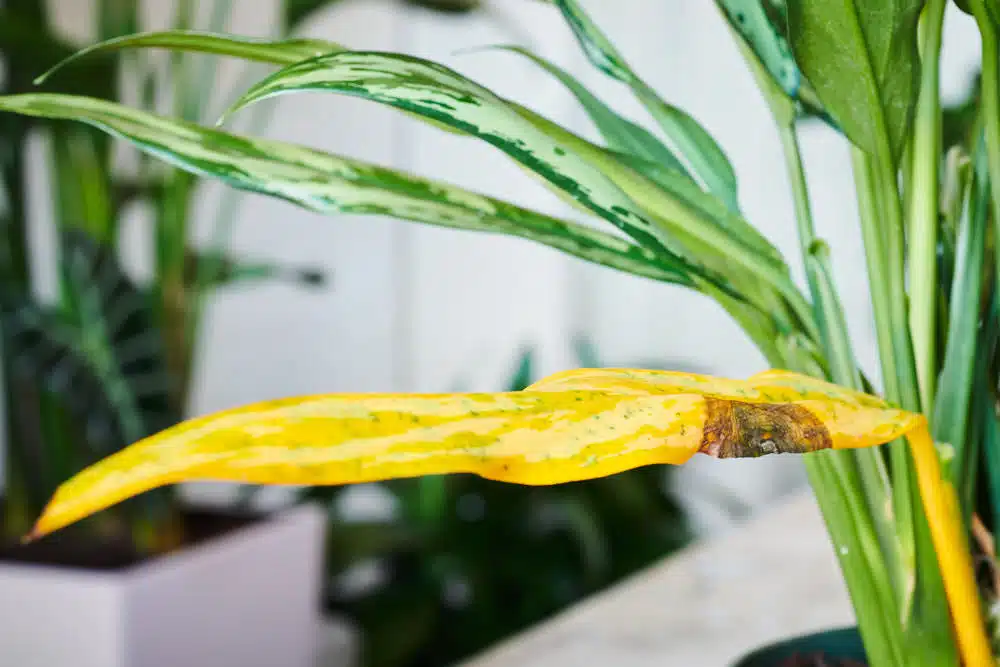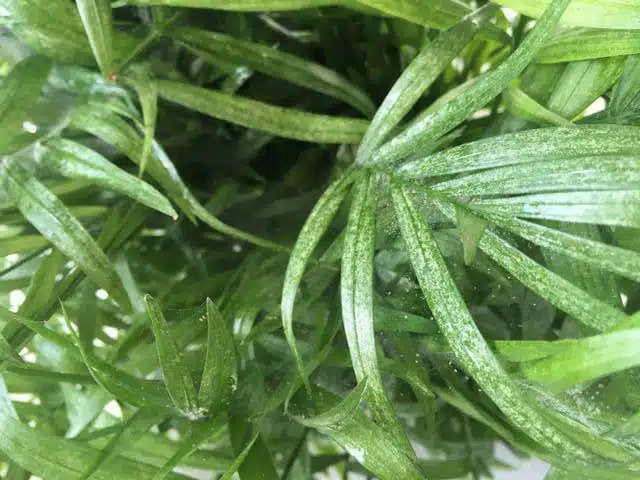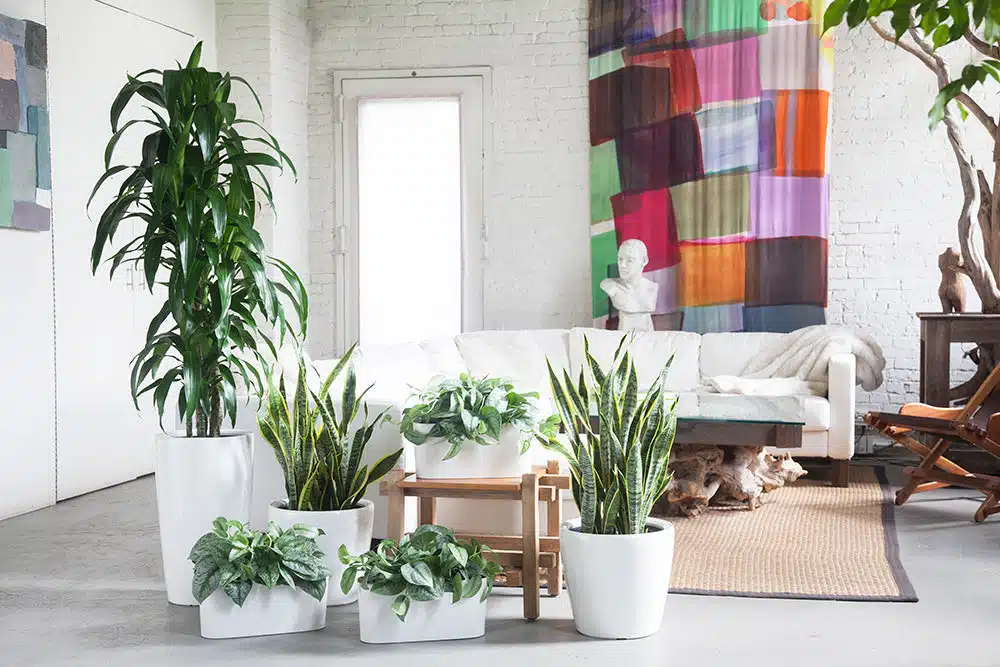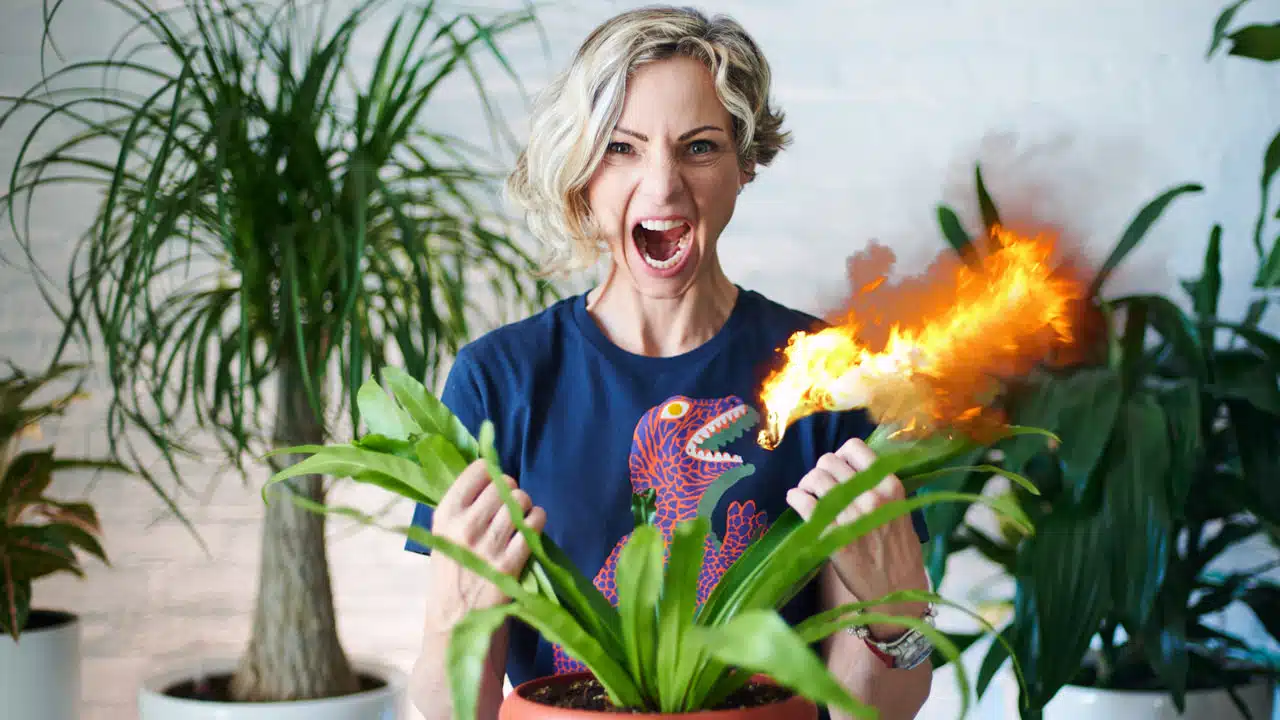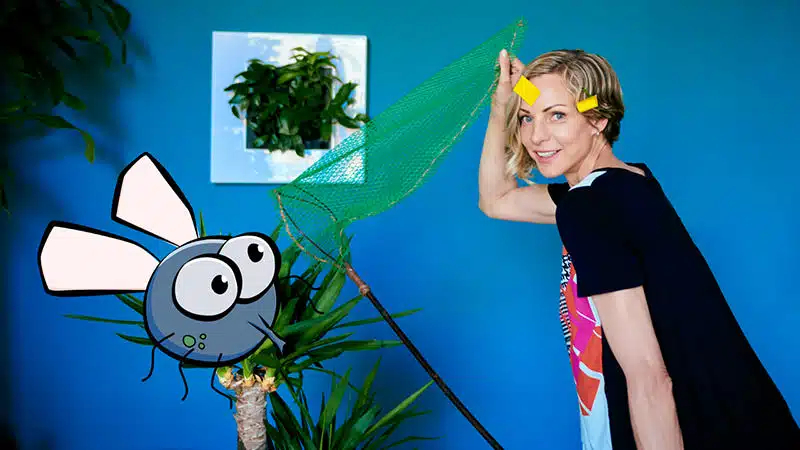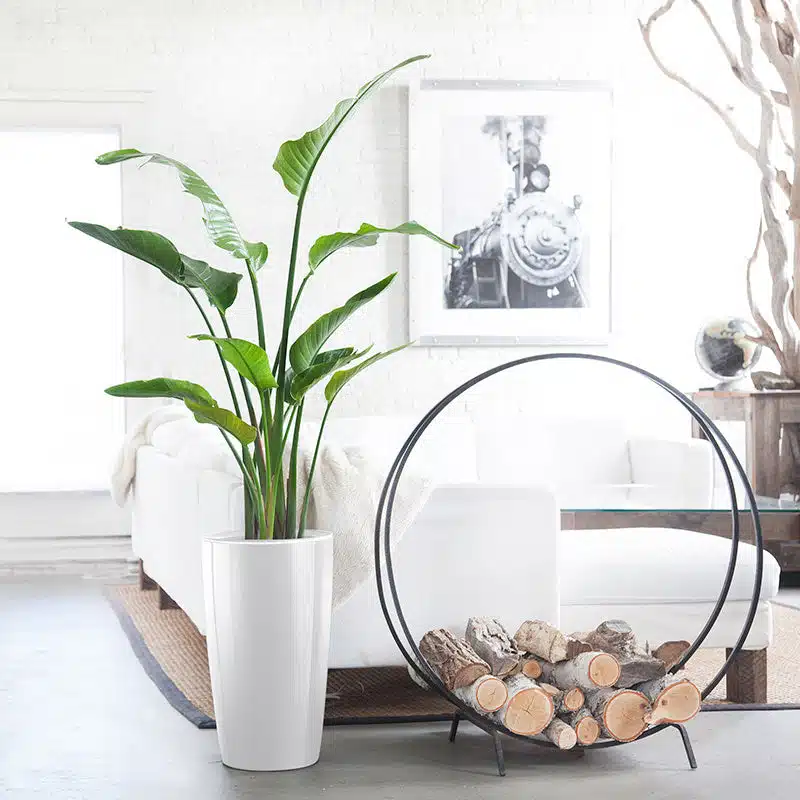Having nurtured plants for over two decades, I’ve uncovered the secrets to keeping them not just alive but thriving and looking spectacular.
Whether you’re a seasoned plant parent or just starting your green journey, these six simple yet powerful houseplant care tips will transform your indoor jungle into a stunning oasis.
Ready to make your plants the envy of all? Let’s dive into these simple plant care secrets!
Key Takeaways
- Consistent care is key: Regular attention keeps your plants in peak condition.
- Simple practices, big results: Small actions like rotating and cleaning have a significant impact.
- Enhance natural beauty: Pruning and styling elevate your plants’ appearance.
1. Rotate Your Plants Regularly

Why It’s Important
Plants, much like us, crave balance. They naturally grow towards the light, which can lead to uneven growth if one side receives more light than the others. This not only affects the plant’s shape but can also impact its overall health.
How To Do It
- Frequency: Rotate your plants about a quarter turn every time you water them.
- Observation: Pay attention to how your plant responds and adjust as needed.
Personal Story
I remember my first Ficus tree growing lopsided because I forgot to rotate it. I had to place the less full side toward the light and keep it there for a while to give it time to balance out and grow more leaves on the bare side. Once I saw improvement, I started turning it regularly, and it developed into a beautifully symmetrical centerpiece for my living room.
2. Keep Those Leaves Clean

Why It’s Important
Dusty leaves not only look neglected but also hinder a plant’s ability to photosynthesize efficiently. Clean leaves absorb more light and breathe, promoting healthier growth.
How To Do It
- Gentle Dusting: Use a Swiffer to dust off plants with small leaves and Microfiber Dusting Gloves for plants with large leaves.
- Deep Cleaning: Use a soft, damp cloth to gently wipe each leaf.
- Shower Method: For smaller plants, place them in the sink or shower and rinse with lukewarm water.
- Spray Method: Use a spray bottle to mist leaves with water to refresh and remove dust.
- Frequency: Aim to dust off your plants every 1-2 weeks or when you notice dust buildup. Deep cleaning should be done once every 1-2 months.
Personal Story
Giving my plants a “spa day” has become a relaxing ritual. Not only do they look refreshed afterward, but it’s also a therapeutic process for me 👇
3. Trim Yellow Or Brown Parts

Why It’s Important
Yellowing or browning leaves are often signs of stress or aging. Removing these parts not only improves the plant’s appearance but also allows it to direct its energy to new growth.
How To Do It
- Tools Needed: Use clean, sharp scissors or pruning shears.
- Technique: Trim brown and yellow areas by following the leaf’s natural shape. Remove any leaves that are mostly yellow or brown.
- Regular Checks: Inspect your plants frequently for any discolored leaves or tips.
Personal Story
I once neglected to remove yellow leaves from my Peace Lily, and it started to look old and sad. But after giving it a good trim, the plant looked revitalized—and even bloomed a few weeks later!
4. Prune For Shape And Health

Why It’s Important
Pruning isn’t just about aesthetics; it’s essential for the plant’s health. It encourages new growth, prevents legginess, and helps maintain a manageable size, especially in indoor spaces.
How to Do It
- Identify What to Cut: Remove dead or overgrown branches.
- Pruning: The best time to prune most houseplants is during early spring, just as they begin their active growing phase.
- Don’t Overdo It: To prevent shock, avoid removing more than 25% of the plant at once during pruning.
Personal Story
Pruning my overgrown Pothos transformed it from a leggy, bare-top plant into a neat, full-shaped beauty that now beautifully cascades in its hanging pot by my desk.
5. Dress Up Your Plants With Stylish Pots

Why It’s Important
A beautiful pot complements your plant and enhances your home’s decor. It turns your greenery into a statement piece and reflects your personal style.
How To Do It
- Choose the Right Size: The pot should be proportionate to the plant size and a few inches larger than its original pot.
- Consider Drainage: Make sure to select a pot that provides drainage to avoid root rot issues.
- Style Match: Pick designs and colors that align with your interior decor. Options include ceramic, terracotta, metal pots, or woven baskets with a leak-proof lining.
Personal Story

Potting all my plants into chic Lechuza self-watering planters instantly elevated the look of my entire living room. It’s like giving my plants a stylish new wardrobe!
6. Maintain Optimal Soil Levels

Why It’s Important
Over time, soil can settle or get depleted of nutrients. Keeping soil levels topped up ensures your plant has enough medium for root growth, and stem support and prevents it from looking “sunken” in its pot.
How To Do It
- Use Quality Soil: Choose a potting mix suitable for your plant type.
- Add Soil Carefully: Gently add soil around the base, avoiding covering the stem.
- Avoid Overfilling: Leave some space at the top for watering to prevent overflow.
Personal Story
I noticed my Ponytail palm looked like it was sinking. After adding fresh soil, the plant looked properly potted, well-groomed, and happy again.
Final Thoughts
Caring for plants is a rewarding journey filled with growth—both for the greenery and yourself. These simple yet effective tips have transformed my plants into thriving, beautiful companions, and I’m confident they’ll do the same for yours.
Ready to see your plants flourish? Try implementing these tips and share your results! Have your own plant care secrets? Drop them in the comments below—I’d love to hear from you.


